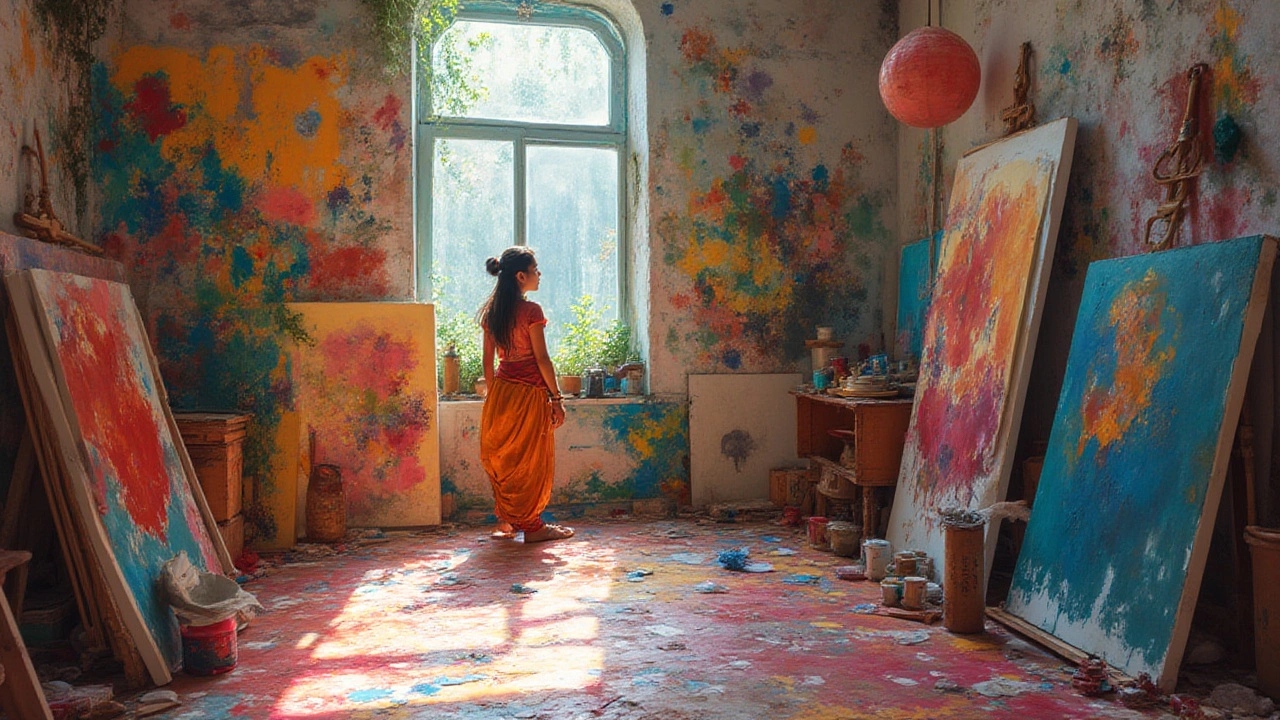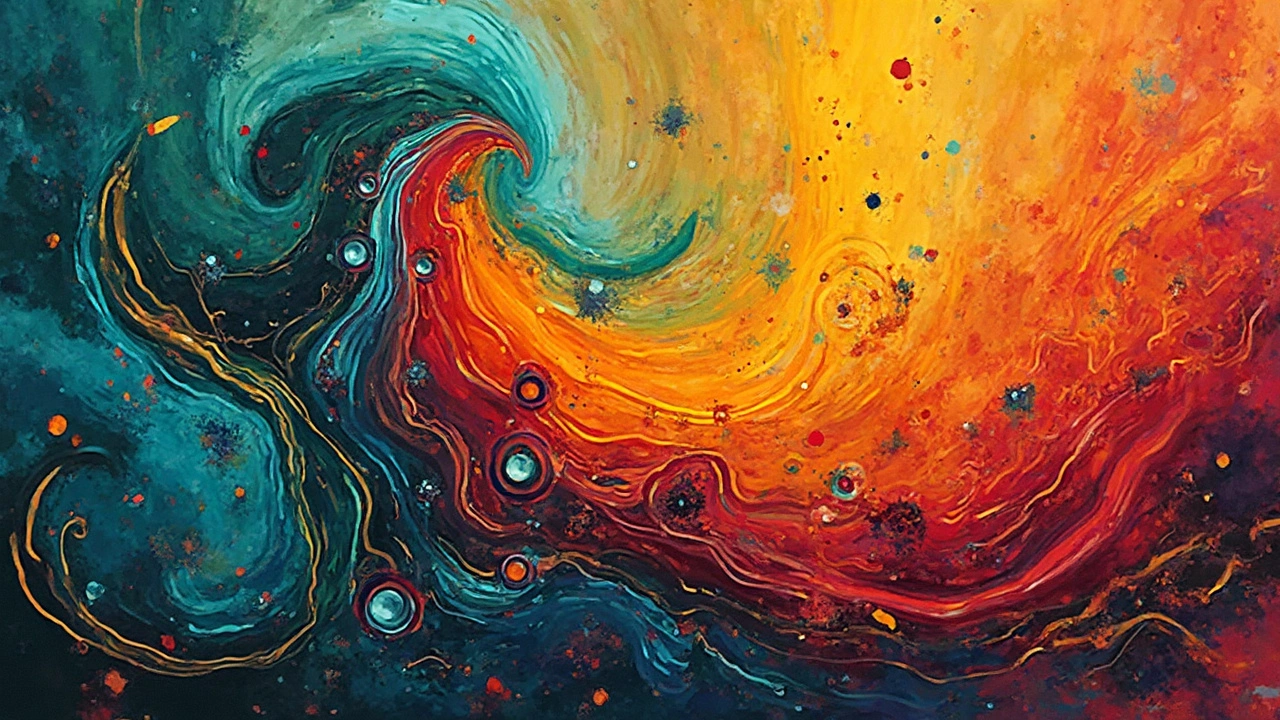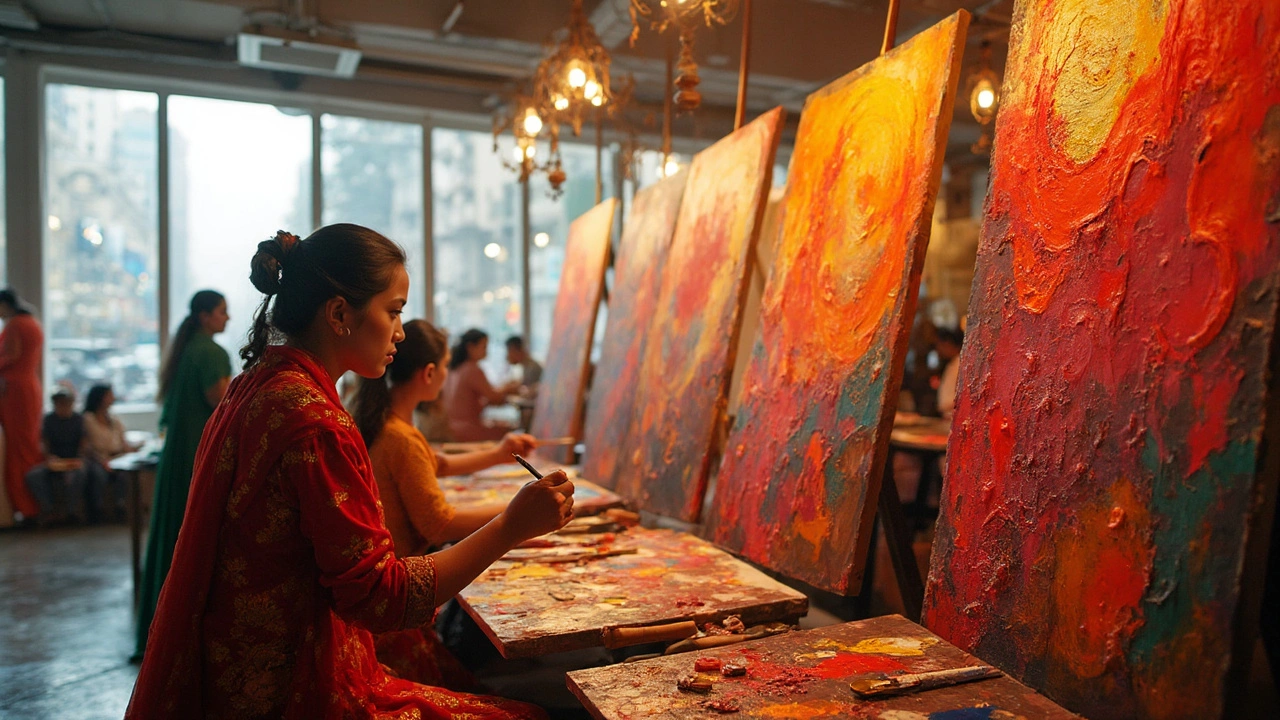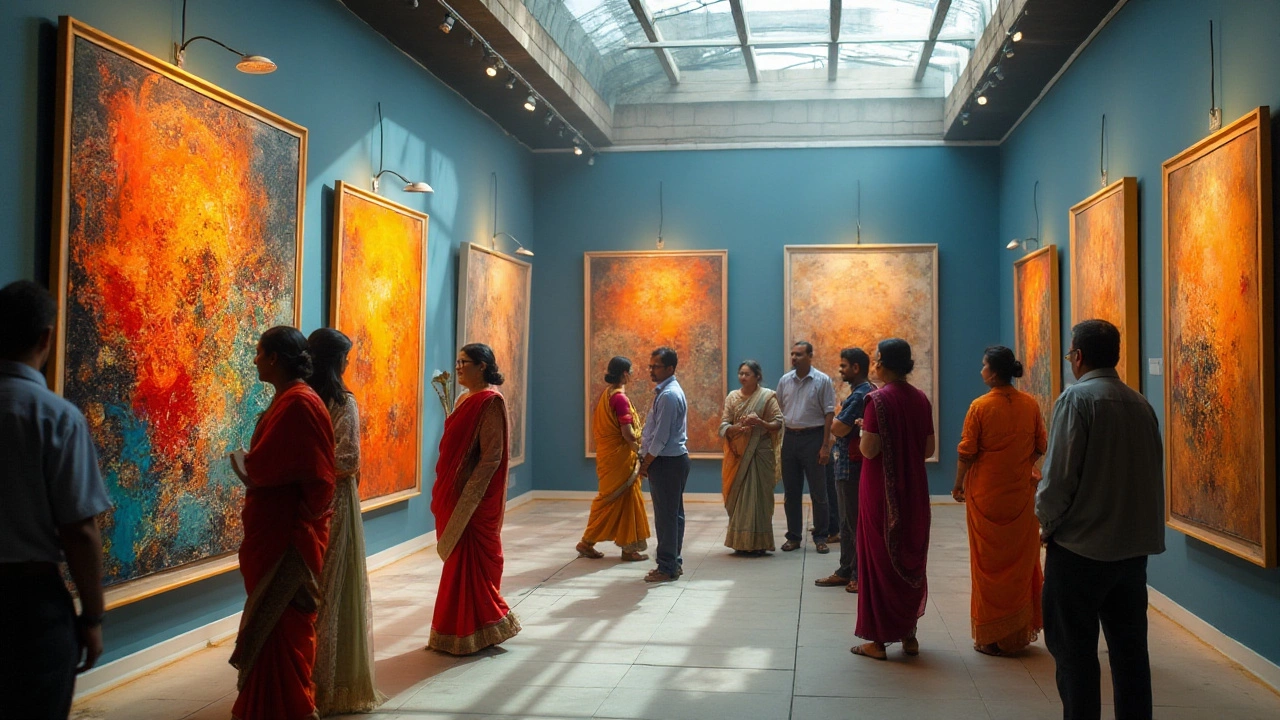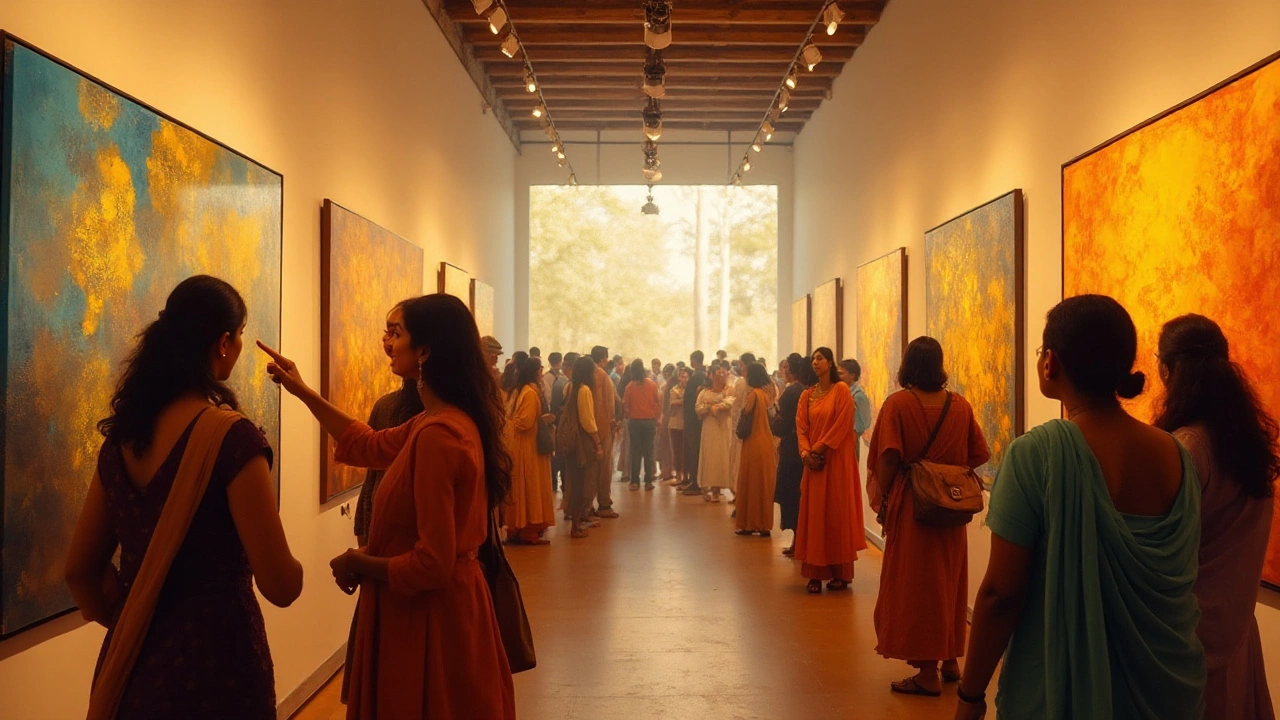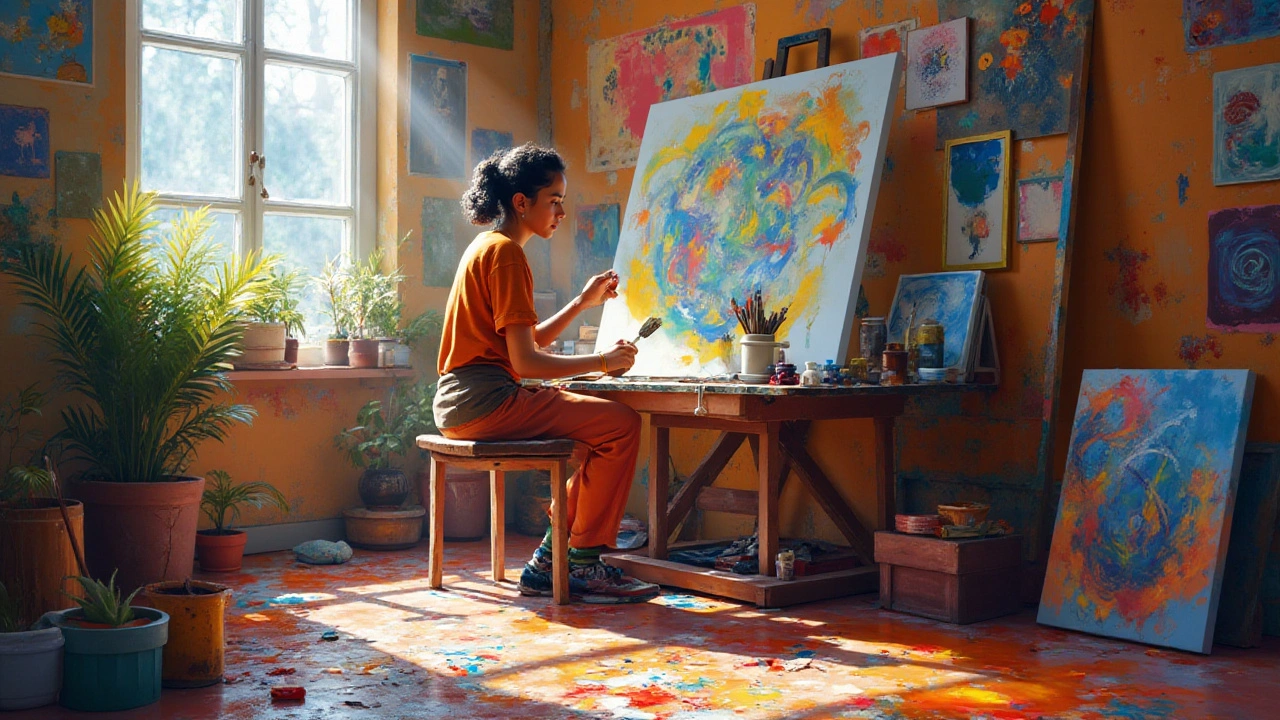Abstract Art: A Simple Guide to Understanding and Enjoying It
Ever walked past a splash of color on a wall and wondered what the artist was trying to say? That’s abstract art – a style that skips realistic pictures and goes straight for feeling, shape, and color. It doesn’t try to copy the world; it tries to capture a mood or an idea in a fresh way.
Because it abandons strict rules, abstract art feels open to everyone. You don’t need an art degree to appreciate it; you just need to notice how it makes you feel. Does the bold red pull you in? Does a calm blue wash over you? Those reactions are exactly what the artist wants.
Why Abstract Art Still Captivates Us
First, abstraction lets artists experiment with new materials. From oil and acrylics to digital media, the medium itself becomes part of the message. That’s why you’ll see trends like AI‑generated abstracts or mixed‑media collages popping up in galleries and online.
Second, abstract pieces fit modern spaces. A large, colorful canvas can become the focal point of a minimalist living room without clashing with furniture. That practical side explains why sales data shows a steady rise in abstract prints and giclée reproductions.
Third, the market rewards uniqueness. Because each abstract work is one‑of‑a‑kind (or limited edition), collectors often pay premium prices for a piece that stands out. If you’re thinking about buying, look at the artist’s track record, edition size, and how the work has performed in recent sales.
How to Dive Into Abstract Art
Start by visiting a local gallery or scrolling through online platforms that showcase emerging artists. Pay attention to the titles – they often give clues about the concept behind the swirl of color.
If you want to create your own abstract art, you don’t need fancy supplies. A simple acrylic set, a few brushes, and a palette knife are enough. Try these quick steps:
- Pick a feeling you want to express – excitement, calm, chaos.
- Select three to four colors that match that mood.
- Lay down large shapes first, then add texture with a palette knife or a sponge.
- Step back often. The piece will evolve as you see it from different angles.
Don’t worry about “making sense.” Abstract art thrives on intuition. If you’re stuck, listen to music or look at a photo you love and let those vibes guide your brush.
Finally, share what you’ve made. Social feeds, art forums, or a small local pop‑up can give you feedback and help you grow. The more you talk about your work, the more you’ll understand what viewers pick up on.
Abstract art isn’t just for elite collectors; it’s a playground for anyone who wants to see the world differently. Whether you’re buying a piece to brighten your wall or painting a canvas in your bedroom, you’re joining a tradition that encourages freedom, experiment, and pure feeling. Jump in, take a splash of color, and see where it takes you.
